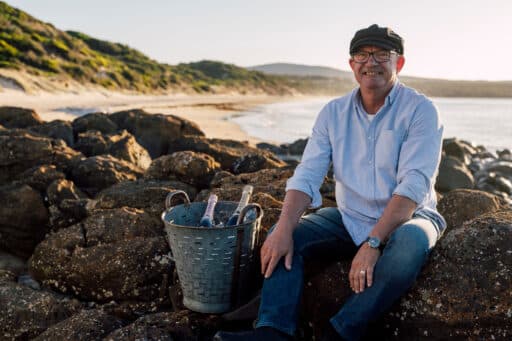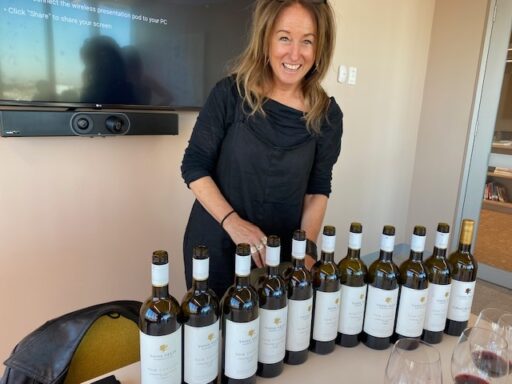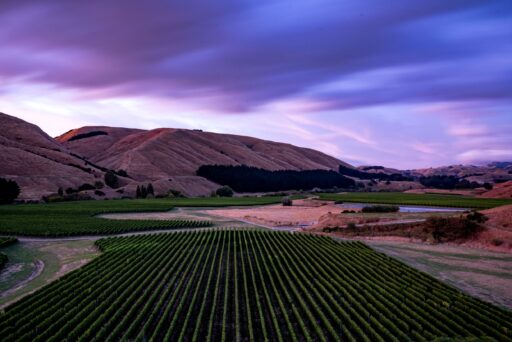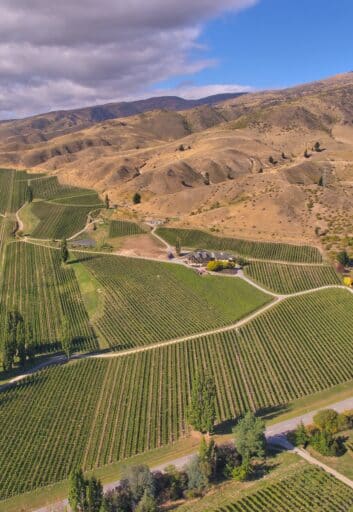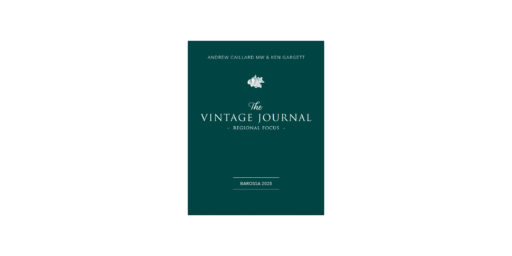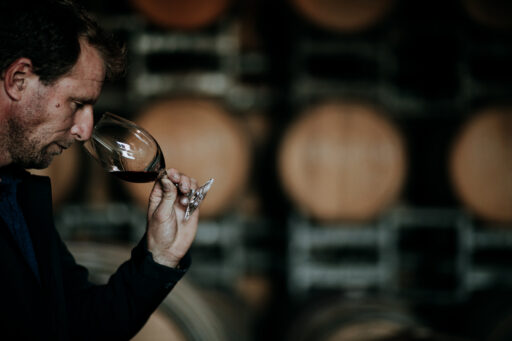Descriptors such as “crunchy,” “purity” and “intensity” fall easily from the mouths of southern Tasmanian wine producers. It’s quite a specific wine language they speak to explain the connection between their ultra-cool climate and the flavours and tastes it brings to a glass of wine.
“The extended, cool growing season in southern Tasmania gives our fruit an intensity that’s hard to replicate,” is how Matthew Hughes of Mewstone Wines describes it. The result is a vibrant, fresh ripeness. “What we call “crunchy,” he adds.
That “crunch” is pretty hard to resist. Southern Tasmania, one of the most southerly wine growing regions in the world, is a series of folded valleys and maritime coastal outposts to the south and east of Hobart.
It’s home to “crunchy” Chardonnays, “intense” Pinot Noirs, “pure” Sparklings, not to mention some of the most under-rated Rieslings in the country and stunning emerging Pinot Gris and Shiraz.
Why?
“It is important I think to clarify southern Tasmania is a cool climate region by latitude not altitude,” stresses John Schuts at Derwent Estate at Granton. Lower altitude, he argues, equals longer periods of sunshine during the growing season and overall higher UV light. “These factors created by Tasmania’s latitude allows for a long, slow ripening without the grapes getting over heated by warmer, higher latitude temperatures,” he says.
This is good news not only for the future of Tasmania’s world famous Chardonnay and Pinot, but for new additions to the area such as Shiraz.
Celebrated winemaker, Kate Hill, is seeing more and more interest in the grape grown in what is now recognised as some of the coolest Shiraz sites in the country. She plans to plant more next year. And why not? Tasmanian Shiraz has taken out the Great Australian Shiraz Challenge top award, Best Shiraz of Show, for the last two years.
For the ever-fastidious Fred Peacock at Bream Creek Vineyard whose Riesling is often noted as among Australia’s best, he is seeing more consumer interest in Cabernet Sauvignon, which many put down to a changing, warming climate which is bringing greater reliability, in some respects, to the growing season.
“This trend,” he says, “will open up some new and very interesting production areas and enhance some of the currently much cooler areas south of Hobart.”
Wine South Tasmania, a group of nearly 40 producers, will open their cellar doors and their wines to the public during Spring In The Vines celebration on November 1-3. Some names are well-known while others are rarely heard of outside their home state because of their small production.
Everything visitors will need to know can be found on the Wine South website here.

Bangor Methode Traditionelle 2020
95pts | $56
Two things to remember here: the absolute energy of a Tassie vintage sparkling married to a long, long line of cool acidity. There is a very good reason why no other region in Australia compares to Tasmania when it comes to sparkling wines. This is a mighty good example. A blend of Chardonnay and Pinot Noir, tight and firmly focused after more than three years on lees with the finest of aromas in white flowers, citrus, grapefruit pith, apple, crushed oyster shell and gentle brioche. There’s a delicacy of fruit set within steely, firm minerally acidity. Such tension. It’s a slow reveal in the glass so don’t overchill as the warmth of lemon, white peach, baked apple, grilled hazelnuts and cream slowly comes into view. A wine with a racing pulse that finishes brisk and dry. Drink: 2024-2028
hughes & hughes Pinot Gris 2024
93pts | $43
That colour! This is Pinot Gris with all of its parental Pinot influence on show in shimmering, soft salmon rosé hues. But the rest is pure Gris – delicate and lifted – in aromas of spiced apple, pear and melon with peach. Rests on the riper side of the Gris spectrum where there is texture and generous flavour maintained within a tight, bright acid framework. Works a treat in a dry, fruit and spice led style that is perfect solo or with something seafood or Asian-inspired. Brothers Matthew and Jonny venture down a winemaking route that includes natural fermentation on skins in a mix of barrel and stainless steel tanks and aging on lees. Unfined. The result is creamy and super enticing. Drink: 2024-2028

Two Bud Spur Vineyard Gamay Nouveau 2023
92pts | $40
Soft, plummy and super spicy, I think it’s fair to say that we are ready for our Tassie Nouveau Gamay moment as we move into warmer weather. The youth and freshness of Gamay sourced from the Huon Valley comes with a zesty, brisk Tassie acidity that quite literally tingles the tastebuds. Cherry, raspberry, redcurrant, oregano scents are inviting. The grape is naturally low in tannin and so the fruit grabs centre stage on the palate and really shines in summer red berries with a long, black peppery spice finish. Clean, juicy acidity defines the structure. Made to drink early, this wine is about the now, the moment, where you can feel safe opening just about any time. Drink: 2024-2027
Southwood Wines Reserve Pinot Noir 2022
93pts | $65
Super fresh and vital, the Southwood reserve offers something for now and something for later. For the now, there’s a world of fragrant of rose, dried herbs, blood orange, raspberry, cherry and cranberry to indulge in, dressed bright in notes of dark spice and vanilla. Brings a red cherry-bright, crunchy energy to the glass with some developing textural elements and sinewy tannins. That’s half the story. Personally, I would love to see where the reserve takes the drinker over the next few years when the intrinsic dried herbal presence becomes more pronounced, the red berries and developing undergrowth tones meld and the promised depth of flavour that is there now, deepens. Drink: 2024-2032


